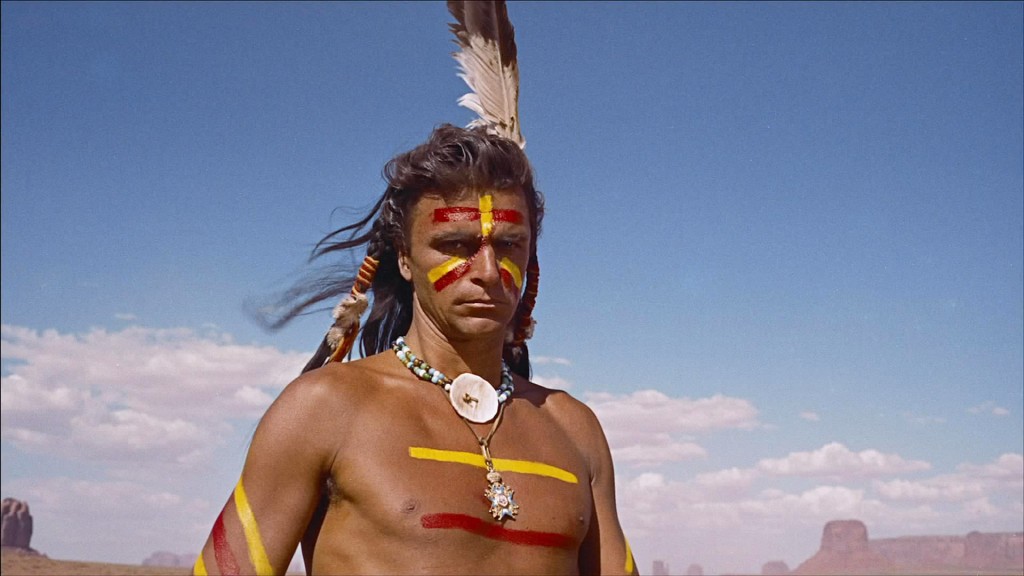By Nadine Moedt (The Cascade) – Email
Print Edition: September 3, 2014

UFV’s presence on traditional and unceded Stó:lo territory opens the doors to various discussions on aboriginal rights, title, and what it means to live in a postcolonial society.
These discussions should extend past the politically correct academia to our everyday lives, to what we include — or exclude — from our wardrobe and what we consider the norm in the world of fashion and style.
Before we look to First Nations fashion to inspire our own style, we have to consider the difference between appropriation and appreciation. It is the difference between the Pharrell Williams debacle on the front of Elle’s July edition, where he appeared wearing a Native American headdress, and wearing a First Nations-designed bracelet.
The term appropriation refers to the borrowing or adapting of a specific aspect of another culture while ignoring its significance. The headdress Pharrell Williams donned with such frivolity holds great symbolic importance for many Native American bands. Pharrell Williams and Elle used it forthe purpose of looking good.
Avoiding appropriation doesn’t mean we have to avoid being inspired by First Nations culture in our own style. There are many ways we can appreciate and pay homage to the culture, rather than appropriating aspects. Here are some tips on how to be a culturally sensitive dresser.
Buy from First Nations artists.
Made-in-China imitation native art not only exploits a culture, but also undercuts the livelihood of First Nations artists. There is a vast difference between buying a pair of “Indian moccasins” from Ardene’s and buying from an authentic First Nations artist. By buying authentic, you can not only support local artists and craftspeople, but also Native-headed movements, companies, and organizations.
Engage in a meaningful cultural exchange
If you want to wear another culture’s traditional or traditionally inspired clothing or jewellery, understand your privilege. Westerners have a tendency to force their own culture on others while taking whatever they feel suits them in return. Make an effort to talk to the artist or seller about the item’s significance. Wear the item with respect; don’t treat it as a costume to be worn and soon discarded. Understand that there are boundaries; there are things that will not be shared with you. Know that it is not the responsibility of the marginalized culture to educate you, and make an effort to seek out information on your own on how to include other cultures in not only your fashion, but your way of being.
Call out racist or appropriative fashion
Don’t leave the outrage to First Nations groups. Things like “Redskins” paraphernalia, or that sexy Pocahontas Halloween costume dehumanize and enforce negative stereotypes that we all have to be concerned about. These are not issues that should fall on the shoulders of First Nations people to fix. Rather, we as a society have to speak out against the blatant appropriation of Native culture in the fashion world.


